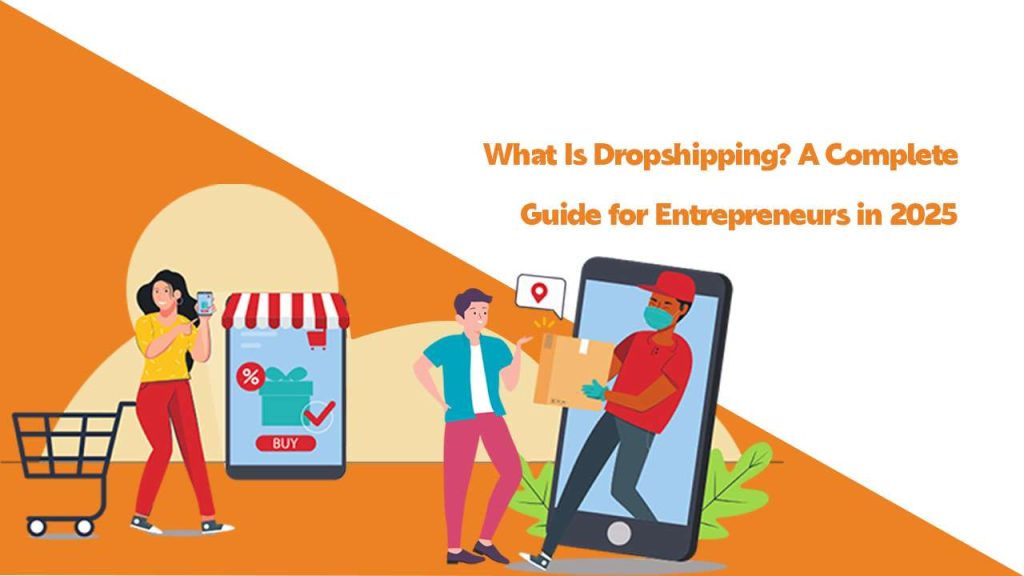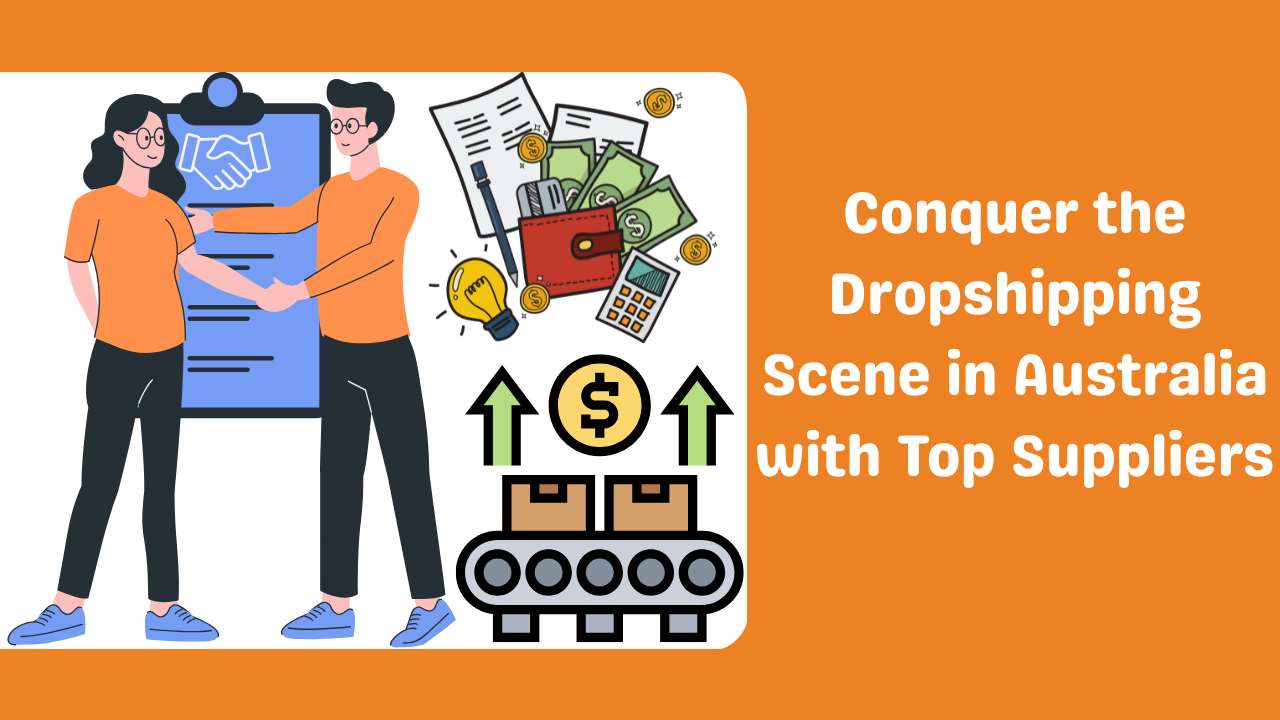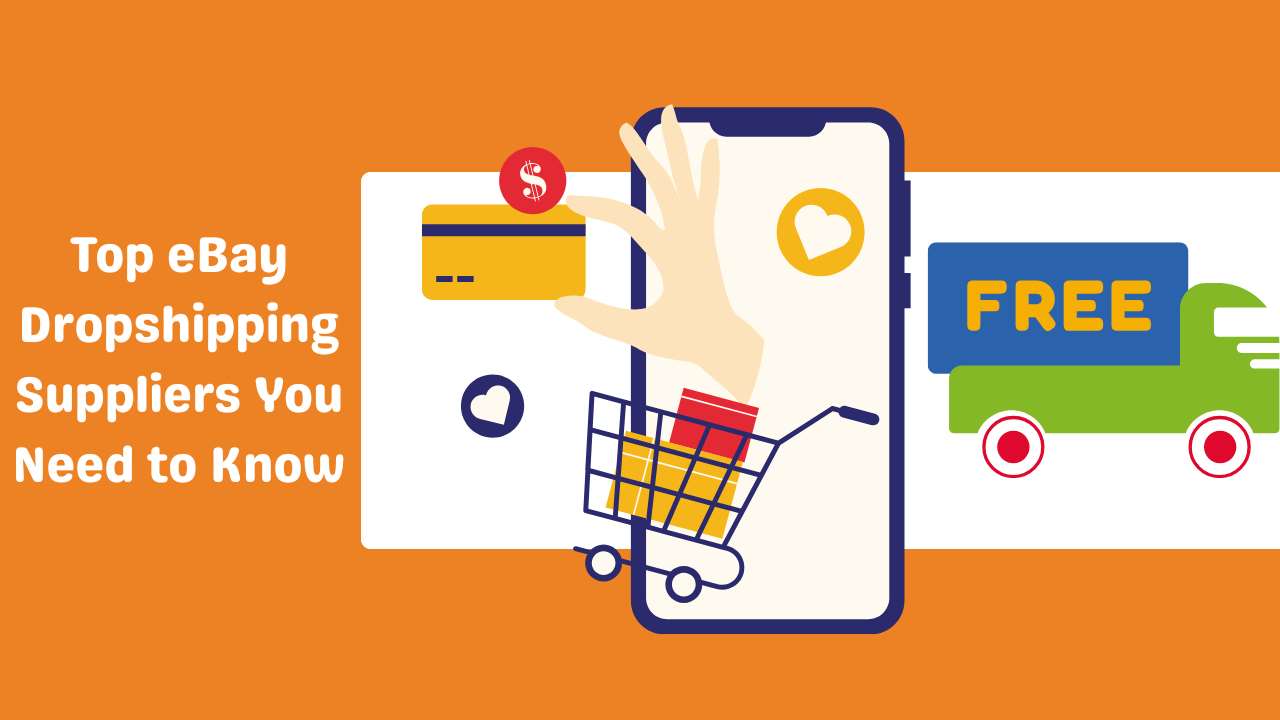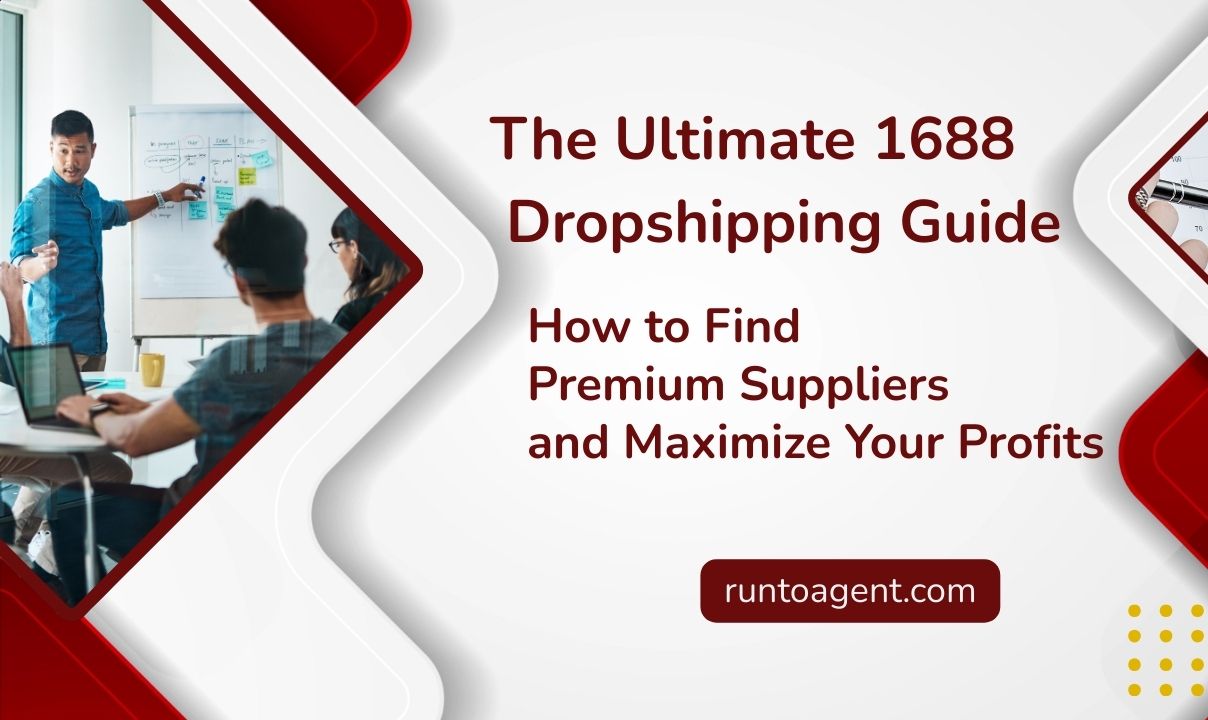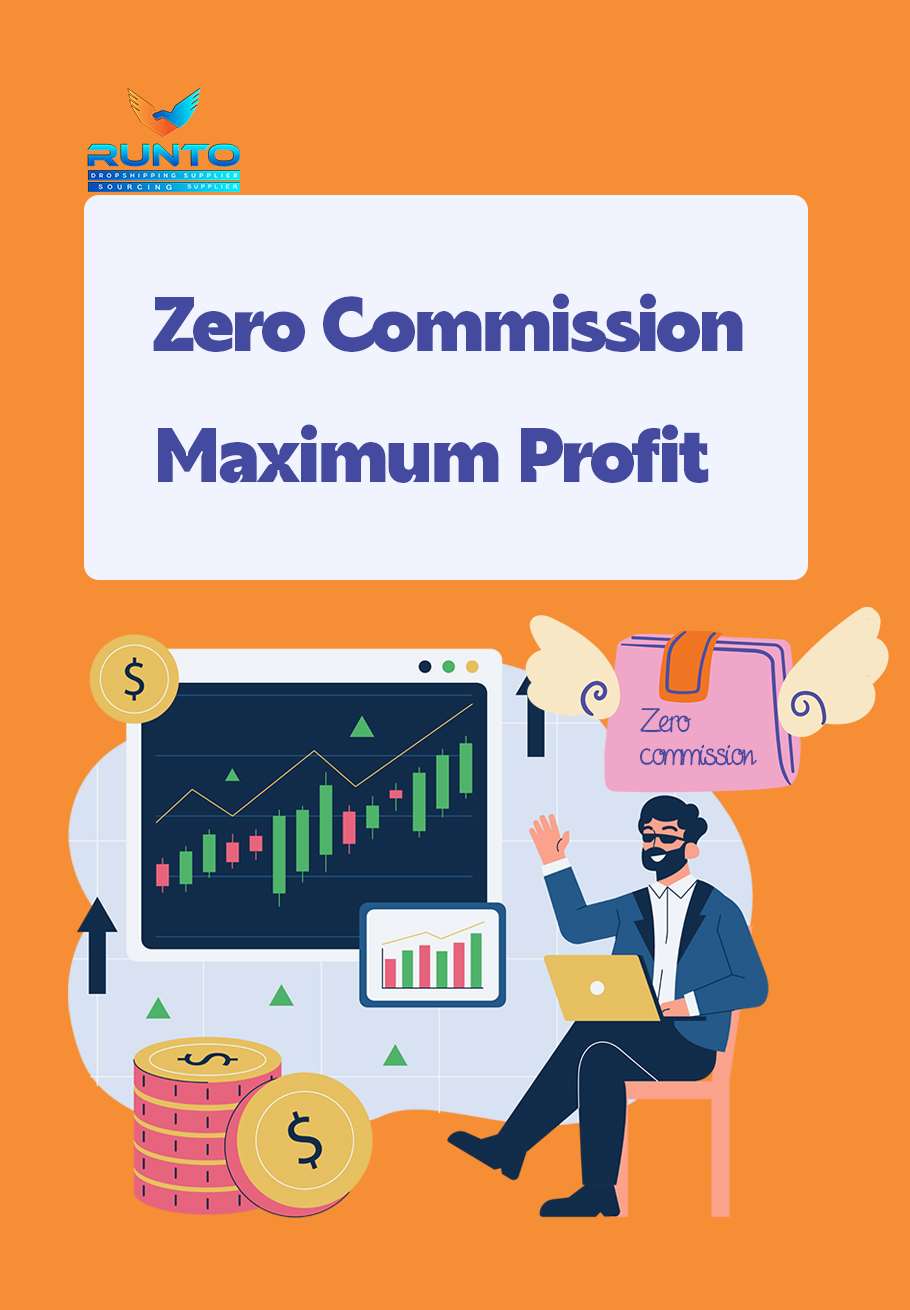Introduction: Why Dropshipping Is Still a Smart Business Model in 2025
Dropshipping isn’t new—but in 2025, it’s more powerful than ever.
As global eCommerce continues to grow, entrepreneurs are seeking leaner, smarter, and lower-risk ways to launch online businesses. Among all models available, dropshipping remains one of the most attractive options, especially for those with limited capital and big ambitions.
So what makes dropshipping relevant in 2025?
First, the barriers to entry are lower than ever. With platforms like Shopify, WooCommerce, and TikTok Shop now offering one-click integrations with fulfillment tools, launching a store can take just hours. You no longer need thousands of dollars in inventory or warehouse space to start selling. With dropshipping, you only pay for what you sell—every order is fulfilled by a third-party supplier who ships the product directly to your customer.
Second, international logistics have improved significantly. Chinese agents like RuntoAgent now offer 5–9 day shipping to major Western markets, complete with tracking, branding, and quality inspection. This eliminates many of the pain points sellers faced years ago: slow shipping, missing packages, and inconsistent product quality.
Third, consumer behavior has changed. Buyers are now comfortable with direct-to-consumer brands—even if they’re not Amazon. If your store offers clear shipping timelines, responsive customer service, and attractive products, customers are willing to buy—even if the item ships from overseas.
And let’s not forget the role of automation. Today, you can run an entire dropshipping operation using tools like AutoDS, DSers, or CJdropshipping with minimal manual input. You focus on marketing, while your system handles product import, order fulfillment, and customer notifications.
In short, dropshipping is no longer just a “side hustle”—it’s a legitimate, scalable business model. If approached strategically, it can serve as the launchpad for private label brands, global expansion, or even a long-term eCommerce company.
What Is Dropshipping? (Definition + How It Works)
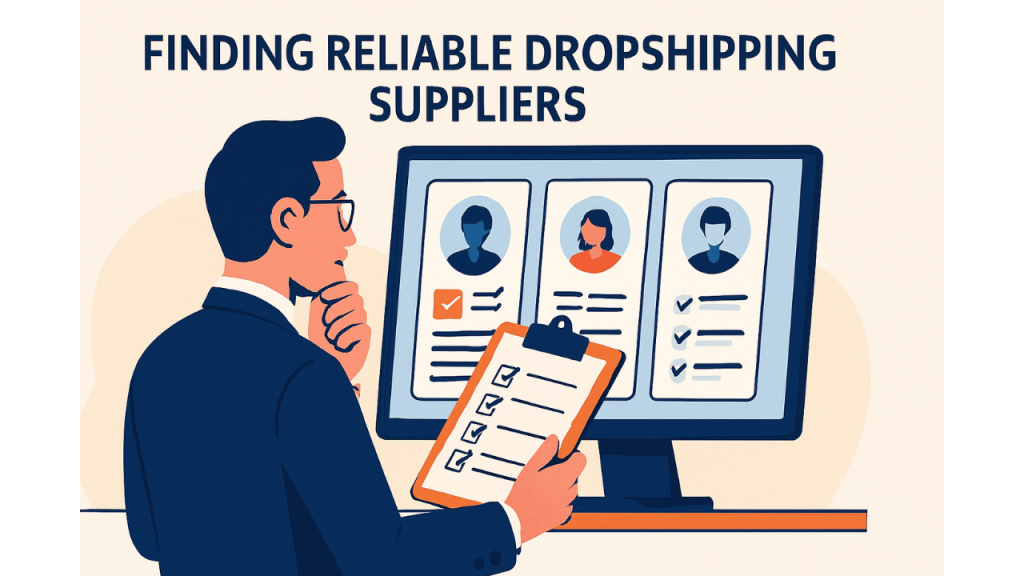
Let’s start with the basics: What is dropshipping?
Dropshipping is a retail fulfillment model where the seller doesn’t hold any inventory. Instead, when a customer places an order on your online store, you forward the order to a third-party supplier—usually a manufacturer, wholesaler, or sourcing agent—who then ships the product directly to your customer.
How Does Dropshipping Work? Step-by-Step
Understanding the dropshipping process is critical for beginners. Here’s how it typically works:
- Customer places an order on your online store (e.g., Shopify or WooCommerce).
- Your store forwards the order to your supplier via a tool like Runtoagent, AutoDS, DSers, or manually.
- The supplier confirms inventory and prepares the product for shipping.
- The product is shipped directly from the supplier’s warehouse to the customer’s address.
- Tracking information is updated and automatically shared with your customer.
- You keep the profit, which is the difference between your selling price and supplier’s cost.
What’s the real story? By using automation tools, this entire process can run with minimal manual involvement — saving time and reducing errors.
👉 Want to learn which tools make this process hands-free? Explore the best dropshipping automation tools

This means you, the store owner, never touch or store the product. Your job is to choose the right products, set pricing, attract customers, and provide post-sale support. Everything else—packaging, shipping, warehousing, and even inventory management—is handled by your supplier.
Here’s a simple example:
Let’s say you’re running a Shopify store that sells home fitness equipment. A customer places an order for a set of resistance bands for $25. You’ve partnered with a supplier in China (like RuntoAgent) who provides that item for $9, including shipping. Once the order is received, you forward it to the supplier. They ship it directly to your customer. You keep the $16 difference (minus platform fees and marketing costs).
This is dropshipping in its purest form: sell first, buy later.
The biggest appeal? You don’t have to invest upfront in stock or rent warehouse space. This reduces financial risk and allows you to experiment with different products, niches, and marketing strategies.
It’s also incredibly scalable. With automated tools like DSers or AutoDS, you can manage hundreds of SKUs and process dozens of daily orders without manually tracking anything.
Key Characteristics of the Dropshipping Model:
- No physical inventory required
- Lower startup cost compared to wholesale
- Fulfillment is outsourced to a third party,Partnering with reliable dropshipping suppliers is critical for ensuring smooth order fulfillment and customer satisfaction.
- Profits are earned on the retail markup
- Business focus is on product curation, branding, and customer experience
By understanding the core mechanics of dropshipping, you’ll be better equipped to evaluate whether it’s the right model for your entrepreneurial goals.
How Does Dropshipping Work? (Behind the Scenes Process)

Now that we’ve defined what dropshipping is, let’s walk through the full process step by step. Understanding each stage of the workflow is crucial if you want to build a sustainable and scalable dropshipping business.
📦 Step-by-Step: How Dropshipping Works
- A customer places an order on your online store.
They browse your product listings, choose an item, and complete the purchase on your Shopify or WooCommerce store. - You forward the order to your supplier.
This can happen automatically through tools like AutoDS, DSers, or CJdropshipping—or you can do it manually by sending an order file or placing the order on platforms like AliExpress or through your agent (like RuntoAgent). - The supplier picks, packs, and ships the product.
The supplier prepares the package and ships it directly to your customer, typically using ePacket, YunExpress, or faster channels like 4PX or local warehouses. - You receive tracking details.
Most modern suppliers offer automatic tracking sync. Your customer gets a tracking number and can monitor the delivery in real time. - The customer receives the package.
Your logo may be included (if you use branded packaging via private label agents), or it may ship as generic. From their point of view, they bought from your brand—not the supplier. - You earn the profit.
You keep the difference between the customer’s payment and the supplier’s cost, minus transaction and ad fees.
🔁 Automation Makes It Seamless
Many dropshippers today use platforms that automate almost the entire workflow. Here’s what they handle for you:
- Order routing (store → supplier)
- Inventory updates (syncing in-stock and out-of-stock items)
- Price automation (auto-updating product costs)
- Tracking updates (sent automatically to customers)
- Invoice generation and tax settings
You can easily manage 50–500 daily orders without hiring a team—provided your tech stack is optimized.
📊 Summary Workflow:
Customer → Your Online Store → Supplier → Fulfillment → Customer
This model eliminates many of the fixed costs associated with traditional eCommerce. You focus on sales, and the supply chain handles the rest.
Dropshipping vs Wholesale vs Traditional Retail: What’s the Difference?
Understanding how dropshipping compares with other fulfillment models is essential—especially if you’re deciding between different business strategies. Let’s break it down by comparing dropshipping, wholesale, and traditional retail in terms of cost, control, scalability, and risk.
🔍 Key Differences Explained
| Criteria | Dropshipping | Wholesale | Traditional Retail |
|---|---|---|---|
| Inventory Ownership | ❌ No inventory needed | ✅ Must purchase in bulk | ✅ Must purchase and store products |
| Upfront Investment | 💲 Very low | 💲💲 Moderate to high | 💲💲💲 High |
| Fulfillment | 🔄 Handled by supplier | 🧑💼 Seller handles it | 🧑💼 Seller handles it |
| Risk Level | 🟢 Low | 🟡 Medium | 🔴 High |
| Profit Margin | 🟠 Medium (15–30%) | 🟢 High (40–60%) | 🟢 Highest (up to 80%) |
| Custom Branding | ⚠️ Limited unless using agent | ✅ Full branding possible | ✅ Full branding possible |
| Scalability | 🟢 Easily scalable with automation | 🟡 Moderate (limited by inventory space) | 🔴 Hard to scale due to stock + overhead |
| Customer Experience | ⚠️ Supplier dependent | ✅ Full control over experience | ✅ Full control over experience |
| Best For | 💼 Beginners, lean startups | 🛒 Established online sellers | 🏪 Brick-and-mortar + omnichannel sellers |
✅ Dropshipping: Ideal for Testing & Scaling
- Great for testing new products, launching niche stores, or validating demand.
- Especially useful for entrepreneurs who want to avoid inventory pressure.
- If paired with a reliable fulfillment partner like RuntoAgent, dropshippers can also offer custom packaging and private label solutions—closing the gap with wholesale.
✅ Wholesale: Better for Margin, Riskier for Cash Flow
- You get better control over logistics, customer service, and packaging.
- But you’ll need storage space, upfront capital, and handling systems.
- Not ideal for beginners, but strong for scaling proven products.
✅ Traditional Retail: High Cost, High Risk, Full Control
- Highest startup costs due to bulk buying, warehousing, and staff.
- Still valuable for luxury goods, retail chains, and those needing local showrooms.
🧭 Final Takeaway
If you’re starting lean, dropshipping is the best route to test and iterate fast.
If you’re building a long-term, branded product line with margin goals, wholesale may be the better fit—especially after validating demand with dropshipping.
Key Advantages of Dropshipping in 2025 (With Practical Benefits)
Dropshipping is popular for a reason—its advantages go beyond just “low risk.” When properly executed, this model offers massive flexibility, cost savings, and speed-to-market opportunities that other retail models simply can’t match.
Here are the biggest advantages of dropshipping in 2025:
🟢 1. Minimal Startup Capital
Unlike wholesale or traditional retail, dropshipping doesn’t require you to purchase inventory upfront. You can launch a store with as little as $200–500, which covers basic website setup, product listings, and some test advertising.
✅ Example: A new seller uses RuntoAgent to source five hot products and launches a TikTok Shop store without holding any stock. Total risk: under $300.
🌍 2. Flexible, Remote-Friendly Model
You don’t need an office, warehouse, or even a fixed location to run a dropshipping store. All you need is a laptop, internet connection, and access to your supplier.
✅ Ideal for: digital nomads, stay-at-home entrepreneurs, part-time side hustlers.
⏱ 3. Fast Product Testing Cycles
With dropshipping, you can add or remove products from your store without incurring losses. If a product doesn’t sell well, you simply remove it. No dead stock, no warehouse fees, no bulk disposal.
✅ Practical Insight: You can test 50+ products per month across TikTok, Facebook, or Google Shopping without any inventory risk.
🔄 4. Scalable with Automation
Thanks to automation platforms like AutoDS, DSers, and Shopify Flow, you can scale from 5 to 500 orders per day without adding headcount. These tools handle:
- Order forwarding
- Inventory updates
- Customer notifications
- Pricing sync
✅ Result: 90% of operations can be handled without manual intervention.
📈 5. No Warehousing or Fulfillment Costs
Dropshipping removes the cost and complexity of warehousing, packaging, and shipping. Your supplier handles all logistics—especially when using a fulfillment agent like RuntoAgent, which can also provide branded packaging and warehouse consolidation.
✅ Saves $1,000s/month compared to renting space or hiring fulfillment staff.
🎯 6. Global Reach from Day One
You can sell to the US, Canada, UK, Europe, or Asia from day one without local inventory. With global suppliers, especially those with overseas warehouses, your store is always “in stock.”
In short, dropshipping empowers entrepreneurs to test, sell, and scale at low cost and low risk—all while focusing on branding and customer engagement.
Dropshipping Challenges and How to Overcome Them
While dropshipping offers significant advantages, it’s not without its challenges. The model’s simplicity often hides complex logistical, branding, and customer service issues that can hurt inexperienced sellers. But here’s the good news: each problem has a solution—if you’re prepared.
🚨 1. Shipping Delays and Long Delivery Times
The Problem:
Standard dropshipping, especially via platforms like AliExpress, often involves 12–25 day delivery windows. Customers today expect fast, Amazon-level service.
The Solution:
Work with Chinese fulfillment agents like RuntoAgent who offer 5–9 day shipping via YunExpress, 4PX, or US/EU warehouses. Many now offer same-day processing and branded tracking pages.
🚨 2. Low Product Quality
The Problem:
Since you never touch the product yourself, poor supplier quality control can lead to customer complaints, refunds, and negative reviews.
The Solution:
Always order test samples. Use sourcing agents that offer pre-shipment inspections and quality guarantees. RuntoAgent, for example, includes product verification as a default step for B2B clients.
🚨 3. High Refund and Return Rates
The Problem:
Unclear return policies or damaged shipments can lead to high dispute rates, affecting your payment processor standing (e.g., Stripe or PayPal holds).
The Solution:
Set clear, transparent refund/return policies on your store. Work with fulfillment partners who provide local return addresses or partial refund solutions for damaged goods.
🚨 4. Limited Branding and Customization
The Problem:
Generic packaging reduces customer trust and hurts repeat purchase potential.
The Solution:
Use private label dropshipping options with custom boxes, logo stickers, and branded inserts. Agents like RuntoAgent support this even at low MOQs (minimum order quantities).
🚨 5. Inventory Sync Issues
The Problem:
Selling out-of-stock products can damage your credibility.
The Solution:
Integrate real-time inventory sync tools like AutoDS, DSers, or connect your store directly to your agent’s warehouse system.
✅ Bonus: Language and Time Zone Communication Gaps
Use agents or suppliers with 24/7 English-speaking support. RuntoAgent offers global communication support to bridge this exact gap.
Who Should Start a Dropshipping Business? (Ideal Profiles & Use Cases)
Not every business model fits everyone. But dropshipping has a unique advantage—it caters to a wide spectrum of entrepreneurs. Whether you’re a solo founder or an eCommerce agency scaling multiple brands, the flexibility of dropshipping makes it accessible.
Here’s who will benefit most from this model:
👨💻 1. First-Time Entrepreneurs with Limited Capital
If you’re just starting out and want to test an eCommerce idea without heavy investment, dropshipping is perfect. You don’t need a warehouse, product stock, or logistics team. All you need is a product idea, a basic store, and a supplier.
✅ Typical Profile:
Chris, 26–35 years old, based in the U.S., building his first Shopify store. He prioritizes product quality and supplier reliability and wants to validate product-market fit before investing heavily.
📱 2. Social Media Influencers & Content Creators
Have an engaged audience on TikTok, YouTube, or Instagram? You can monetize it through a dropshipping store by offering relevant products—without managing inventory.
✅ Example:
A beauty influencer sells skincare tools and accessories sourced via RuntoAgent with custom packaging, directly tied to her content.
🧑💼 3. Amazon/Etsy Sellers Testing Private Label Concepts
Dropshipping allows marketplace sellers to test demand for a product before bulk ordering it for FBA or FBM. Once a product gains traction, they can scale into white-label or private-label models.
✅ Use case:
Sell 100–300 units through dropshipping, then switch to bulk model with branded inventory.
🌎 4. Digital Nomads & Remote Entrepreneurs
If you want to build a business from anywhere—Thailand, Spain, Bali—dropshipping offers location freedom. No physical goods, no office, no staff.
✅ Must-have tools:
Cloud-based store (Shopify), supplier platform (CJdropshipping or RuntoAgent), fulfillment automation (AutoDS), and Stripe/PayPal.
🧠 5. Brand Builders & Product Testers
Use dropshipping to test different products, creatives, and niches quickly. Once validated, transition into bulk orders and long-term brand building.
If you fall into any of these categories, dropshipping isn’t just viable—it’s strategic. It’s a low-barrier entry point into a high-potential global business.
How to Start a Dropshipping Business in 10 Simple Steps (2025 Edition)
Starting a dropshipping business in 2025 is more efficient than ever—but success depends on getting the basics right. Here’s a proven 10-step roadmap to help you go from idea to income with confidence.
🧭 Step 1: Choose a Profitable Niche
Select a niche that balances demand, profitability, and manageable competition. Use tools like Google Trends, Minea, and TikTok Creative Center to validate interest.
✅ Example Niches:
Home fitness, pet accessories, minimalist decor, eco-friendly gadgets.
🛒 Step 2: Choose Your Store Platform
Most sellers start with:
- Shopify: Easy setup, app integrations, ideal for fast scaling.
- WooCommerce: WordPress-based, more customizable, lower ongoing cost.
🏗 Step 3: Build a Clean, Trustworthy Store
Use a fast theme, clear branding, and optimized navigation. Include:
- About Us
- Shipping & Refund Policy
- Contact Page (with WhatsApp/chat support)
- Social proof/testimonials
📦 Step 4: Find a Reliable Supplier
Avoid random AliExpress stores. Use vetted dropshipping suppliers like:
- RuntoAgent: Custom sourcing, private label, global fulfillment
- CJdropshipping: Extensive product library, warehousing
- AutoDS & DSers: Integrates with AliExpress, Tmall, and agents
📥 Step 5: Import Products and Write Compelling Listings
Use automation tools to import and sync products. Customize titles, descriptions, and images to improve conversion.
💡 Tip: Always rewrite descriptions to avoid duplicate content penalties in SEO.
💰 Step 6: Set Your Prices Strategically
Use the cost × 2–3 rule, factoring in:
- Product cost
- Shipping cost
- Marketing (CPM, CPC)
- Platform fees (Shopify, PayPal)
📃 Step 7: Set Up Legal & Policy Pages
This includes:
- Shipping Policy
- Refund/Return Policy
- Privacy Policy
- Terms of Service
Tools like Termly or Shopify’s legal template generator can help.
✅ Step 8: Place a Test Order
Before launching, place at least 1–2 test orders to check:
- Product quality
- Shipping time
- Supplier communication
📢 Step 9: Launch Your Marketing Strategy
Start with 1–2 acquisition channels:
- TikTok organic & TikTok Ads
- Influencer shoutouts
- SEO blogs (RuntoAgent model)
- Google Shopping for problem-solving products
⚙ Step 10: Automate and Scale
Use tools like:
- AutoDS: Order automation, stock/price sync
- Track123: Branded tracking pages
- Shopify Flow: Automation workflows (email, inventory alerts)
With this 10-step system, you’re not just launching a store—you’re building a real business. And with the right partner like RuntoAgent, you gain access to supplier vetting, custom packaging, and worldwide warehousing.
Is Dropshipping Still Worth It in 2025? (Trends, Challenges & Real Opportunities)
The short answer is: Yes—but not in the same way as before.
Dropshipping in 2025 is no longer a “get-rich-quick” opportunity. The market has matured, competition has increased, and consumer expectations have evolved. But here’s the real story: for those who treat it like a real business, dropshipping remains one of the most accessible and scalable models in eCommerce today.
🔄 How the Landscape Has Changed
- Higher Customer Expectations:
Customers now expect 5–10 day shipping, responsive support, and branded experiences—even from small online stores. - Platform Evolution:
TikTok Shop, Meta Shops, and Google Shopping now dominate traffic sources. Sellers who master short-form video and product storytelling outperform traditional ad buyers. - Supplier Networks Are Smarter:
Fulfillment partners like RuntoAgent offer faster shipping, better QC, and low-MOQ private labeling. This levels the playing field with bigger retailers. - AI-Powered Tools Drive Efficiency:
From AI-generated product descriptions to real-time competitor tracking, automation tools allow small teams to operate like agencies.
📊 Why It’s Still a Good Business Model
- Low Risk, High Flexibility: You can start small, test markets, and scale without fixed costs or inventory.
- Global Reach: Dropshipping lets you serve North America, Europe, Oceania, or Southeast Asia—without needing warehouses in those regions.
- Scalability: Thanks to automation and agent-based fulfillment, you can grow from 1 to 1,000 orders per day without building your own logistics team.
🔍 Who Will Succeed in 2025?
The winning sellers are:
- Those who choose unique products (not saturated items)
- Those who invest in branding (logos, packaging, consistent messaging)
- Those who partner with reliable suppliers (RuntoAgent or similar)
- Those who understand customer experience (clear policies, after-sales support)
- Those who build long-term traffic via SEO, content, and communities
✅ Bottom Line
Dropshipping isn’t dead—it’s simply become more professional. If you treat it like a real business, work with trusted partners, and focus on product-market fit, 2025 is still a great time to start or grow.
FAQs About Dropshipping in 2025
Q1: Is dropshipping legal?
Yes. Dropshipping is a 100% legal retail fulfillment model used by tens of thousands of businesses worldwide. However, it’s essential to comply with your country’s business registration, tax reporting, and consumer protection regulations.
📌 Tip: In the U.S., forming an LLC and applying for a sales tax ID is recommended for sellers.
Q2: How much money do I need to start a dropshipping business in 2025?
You can start with as little as $200–$500, which covers:
- Domain and Shopify subscription
- Product testing (sample orders)
- Basic advertising (TikTok Ads or influencer posts)
Serious growth typically requires $1,000–$2,000 in capital for scaling.
Q3: Can I add my own logo or brand when dropshipping?
Yes. Many professional dropshipping agents—such as RuntoAgent—offer private label services starting at low MOQs (30–100 pcs). This includes:
- Logo printing
- Custom packaging
- Inserts (thank-you cards, manuals)
Branded dropshipping is ideal for long-term brand building.
Q4: Do I need technical skills to launch a dropshipping store?
Not at all. Most platforms like Shopify, AutoDS, and DSers offer plug-and-play interfaces. You can set up a store, import products, and process orders with little to no coding.
For more complex operations, you can hire virtual assistants or freelancers to help with design and automation.
Q5: What are the best countries to target for dropshipping in 2025?
The top-performing markets are:
- 🇺🇸 United States
- 🇬🇧 United Kingdom
- 🇨🇦 Canada
- 🇩🇪 Germany
- 🇦🇺 Australia
Emerging opportunities also exist in Southeast Asia (e.g., Philippines, Thailand) and LATAM regions due to rising mobile commerce adoption.
Final Thoughts: Launch Smarter with the Right Dropshipping Partner
In 2025, dropshipping remains one of the most cost-effective and scalable eCommerce models—but only for those who treat it seriously. It’s not just about listing products online; it’s about choosing the right niche, using the right tools, and most importantly, partnering with reliable fulfillment experts.
Whether you’re:
- A new entrepreneur testing product ideas,
- A content creator building a microbrand,
- Or a Shopify seller scaling into private label,
Your supplier can make or break your business.
That’s where RuntoAgent comes in.
✅ Why Work with RuntoAgent?
We’re not just another sourcing platform. At RuntoAgent, we help global sellers with:
- Product Sourcing from 3,000+ Factories
- Private Label & Custom Packaging
- Fast Shipping from China, US, and EU Warehouses
- Quality Inspection on Every Order
- Free Storage & Order Consolidation
- 7×24 English Customer Support
Our mission is simple: to help serious dropshippers succeed with professional B2B-level fulfillment support.
📩 Ready to Build a Real Business?
👉 Contact RuntoAgent for a Free Consultation
We’ll help you:
- Source better products
- Ship faster globally
- Build long-term brand value
Let’s build your business—professionally, reliably, and profitably.

